Foraging, simply stated, is finding food in the wild. Nearly all animals do this in some form; up until the advent of the modernized food system, humans, too, relied on the abundance of nature to provide produce and proteins.
These days, many people still forage for food, whether out of necessity or for a sense of purpose or pleasure. The many forests and meadows of Pennsylvania provide greens, berries, mushrooms, seeds, nuts and so much more to those who know how to look and who are willing to take the time. No matter the season or your specific region, there are edible plants that you can safely identify, prepare and enjoy, bringing you one step closer to self-sufficiency.
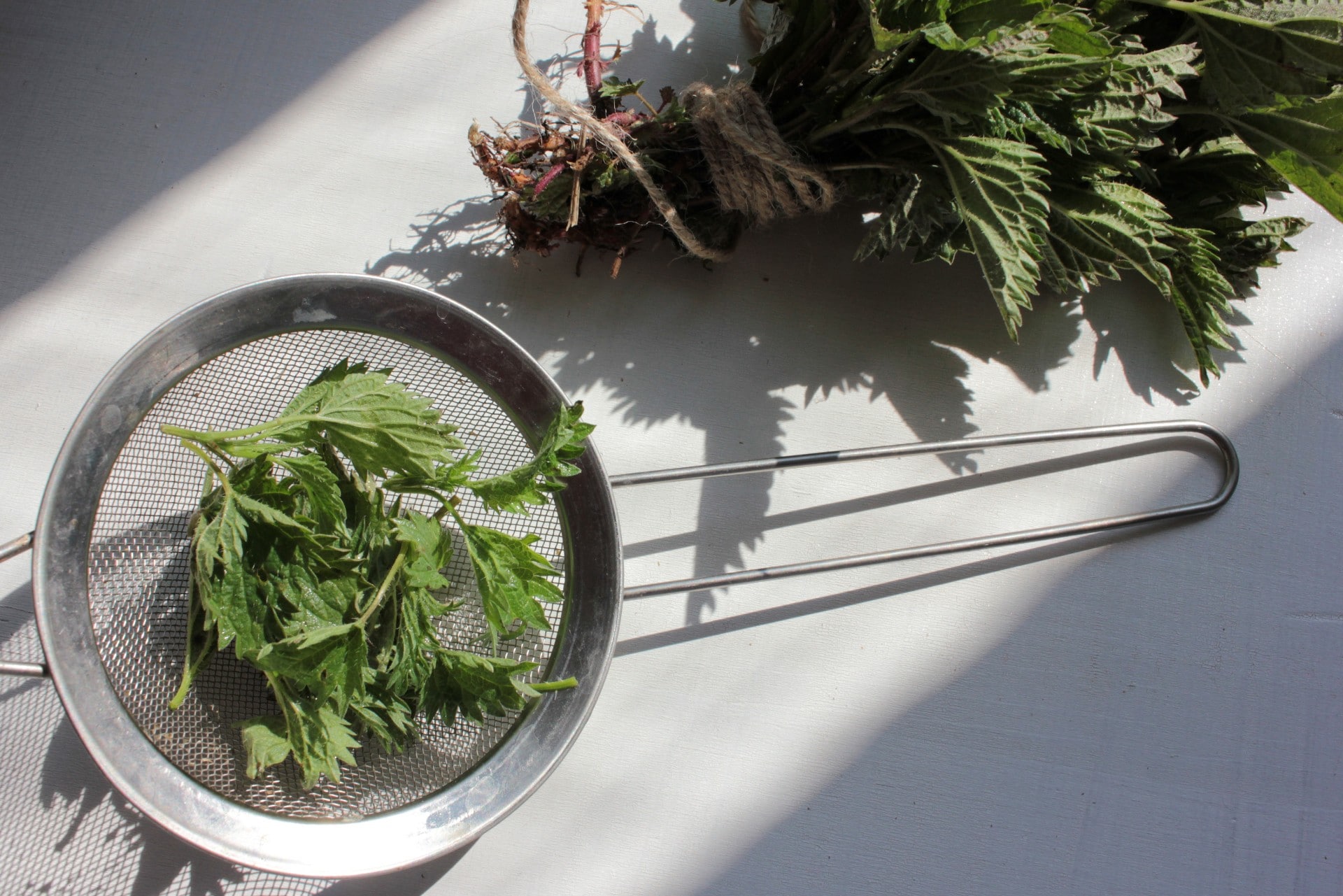
If you’re new to the concept of foraging, it can seem a bit overwhelming. Where do you start? How do you know the plants you’re finding are safe to eat? With the help of some experienced foragers from around the state, here are our best tips for foraging in Pennsylvania:
Do Your Homework
First things first, gather a few resources to begin your foraging journey. The ideal intro to foraging is to go out with a guide who is knowledgeable and experienced. A number of foraging communities in PA stay connected through social media groups like Pennsylvania Foragers Club and Pennsylvania Mushroom Hunters. These are great forums to meet other foragers, ask questions or advice, or simply observe interactions between other members to gain some insight. Websites such as Wild Foodies of Philly are also valuable resources to learn about Pennsylvania-specific foraging.
Drew Zimmerman, who goes by the social media handle @unkle_fungus, is a forager and mushroom grower based in Lancaster County, Pennsylvania. He’s been a forager for over five years, with a focus on wild mushrooms (and has recently become a commercial exotic mushroom grower). At the very beginning of his foraging journey, when he didn’t know anything about wild mushroom identification, Zimmerman joined groups on Facebook to start gathering information.
Then, when he went out, he would take clear pictures of the mushrooms from different angles, and photos of the nearby environment. When he went home, he would cross-reference the data against what he learned through the Facebook groups, and start to draw conclusions about what he’d found.
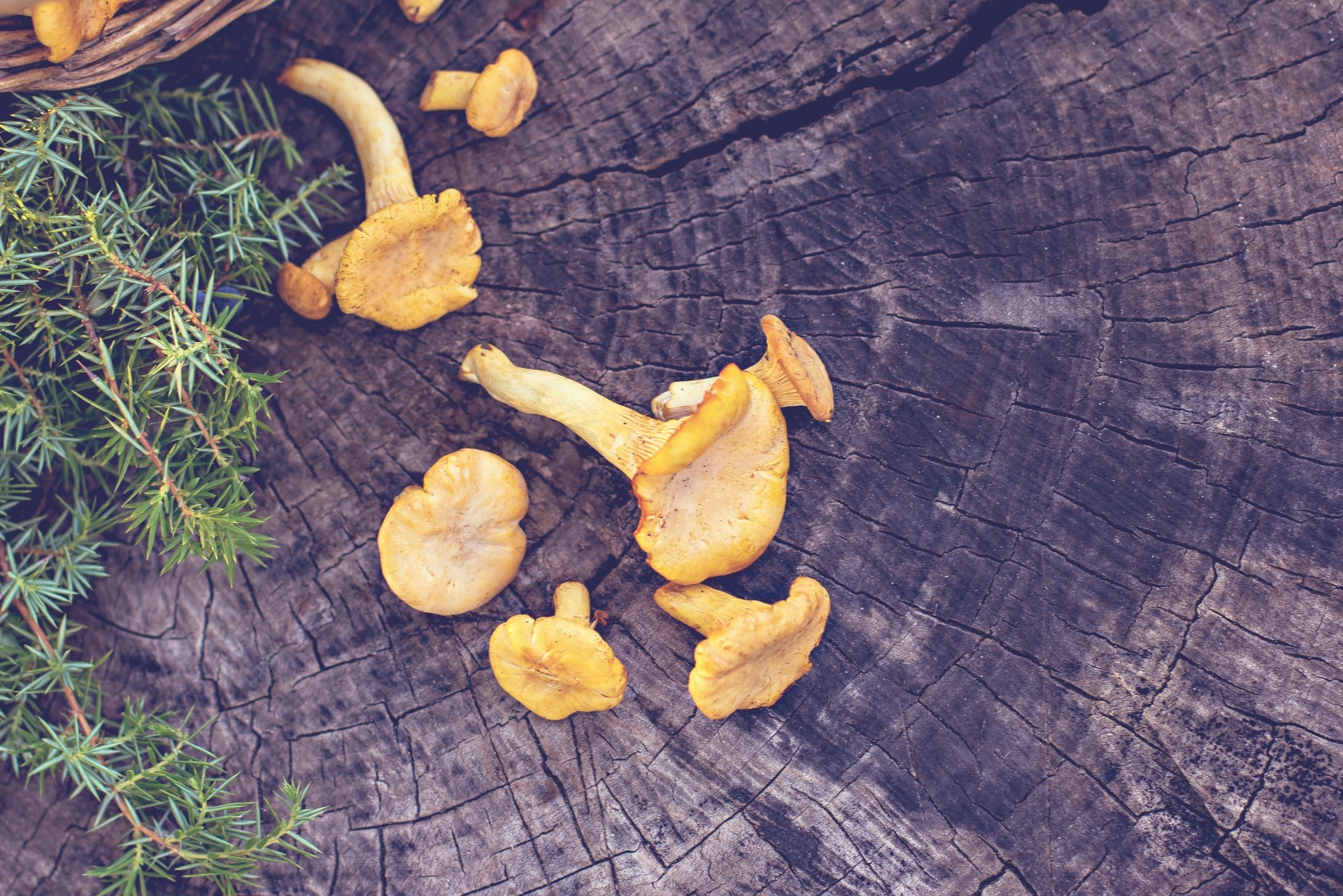
“This went on for a couple of years,” he remembers. “In the process, I started noticing more about my environment. I started noticing what kinds of mushrooms grew in certain types of environments at certain times of the year. Then one day, I stumbled across a downed oak log that had over 50 pounds of Chicken of the Woods (Laetiporus sulphureus) growing on it. The rush and excitement became addicting.”
There are hundreds of books about foraging, as well, but for our purposes, we suggest a guide that specifically focuses on our region. Two good places to start are Practical Guide to Pennsylvania’s Wild Plants by Steven Golieb or Northeast Foraging: 120 Wild and Flavorful Edibles from Beach Plums to Wineberries by Leda Meredith.
YouTube is also host to a wealth of information about foraging; one good place to start is the Learn Your Land channel, hosted by Adam Haritan, an experienced naturalist and forager based in Southeastern PA. This ad-free channel aims to “help you improve your nature skills one species at a time. Special emphasis is placed on wild plant, tree, and mushroom identification.” If you get really serious, Learn Your Land even offers a four-season online course designed to help you confidently and successfully forage wild mushrooms.
Of course, when in doubt about anything you forage, err on the side of safety, and don’t take risks with eating unidentified plants!
Start Small
As you explore online foraging communities, you’ll no doubt see images of people coming back from the woods with impressive hauls, full of plants, roots and seeds that may or may not be familiar to you. Especially, as you’re just starting out, you can feel free to start small. There are a number of plants you may be able to find in your very own backyard or nearby parks — using these as a jumping-off point can help build confidence as you branch further out into foraging. Just be sure that the area you are foraging from isn’t sprayed with chemicals or close to a place where dogs might do their business. Always carefully wash and dry any foraged items, just as you do with produce from the farmers market or grocery store!
Farmer Ian Brendle of Green Meadow Farm in Gap, PA, has been foraging wild foods since he was a teenager. Common plants he suggests to look for are:
- Dandelions, one of the easiest plants to forage. Hardy and invasive, dandelions pop up pretty much anywhere and everywhere. To harvest more tender and less bitter dandelion greens, Brendle says to put a 5-gallon bucket over the ones you want to eat when they’re still young. That will blanch the leaves, and after about a week the leaves will be more tender. With the flowers, you can make dandelion wine, or use them as garnishes to give salads and other dishes a hit of color.
- Edible ferns, such as ostrich fiddlehead ferns.
- Japanese knotweed, an invasive plant that’s edible when the shoots are first coming up.
- Wild garlic mustard, another invasive plant that grows readily.
- Wild alliums (ramps and wild garlic). He notes: “Wild garlic makes a chive when it’s young and then starts to bulb out. The bulbs don’t get really big (maybe the diameter of the end of your thumb), but they’re really pungent so it doesn’t take to as much to flavor a dish.
- Wild berries (black raspberries, golden raspberries, blackberries, elderberries, wineberries). “If you have a tree line on your property, you probably have wild berries!” Brendle says.
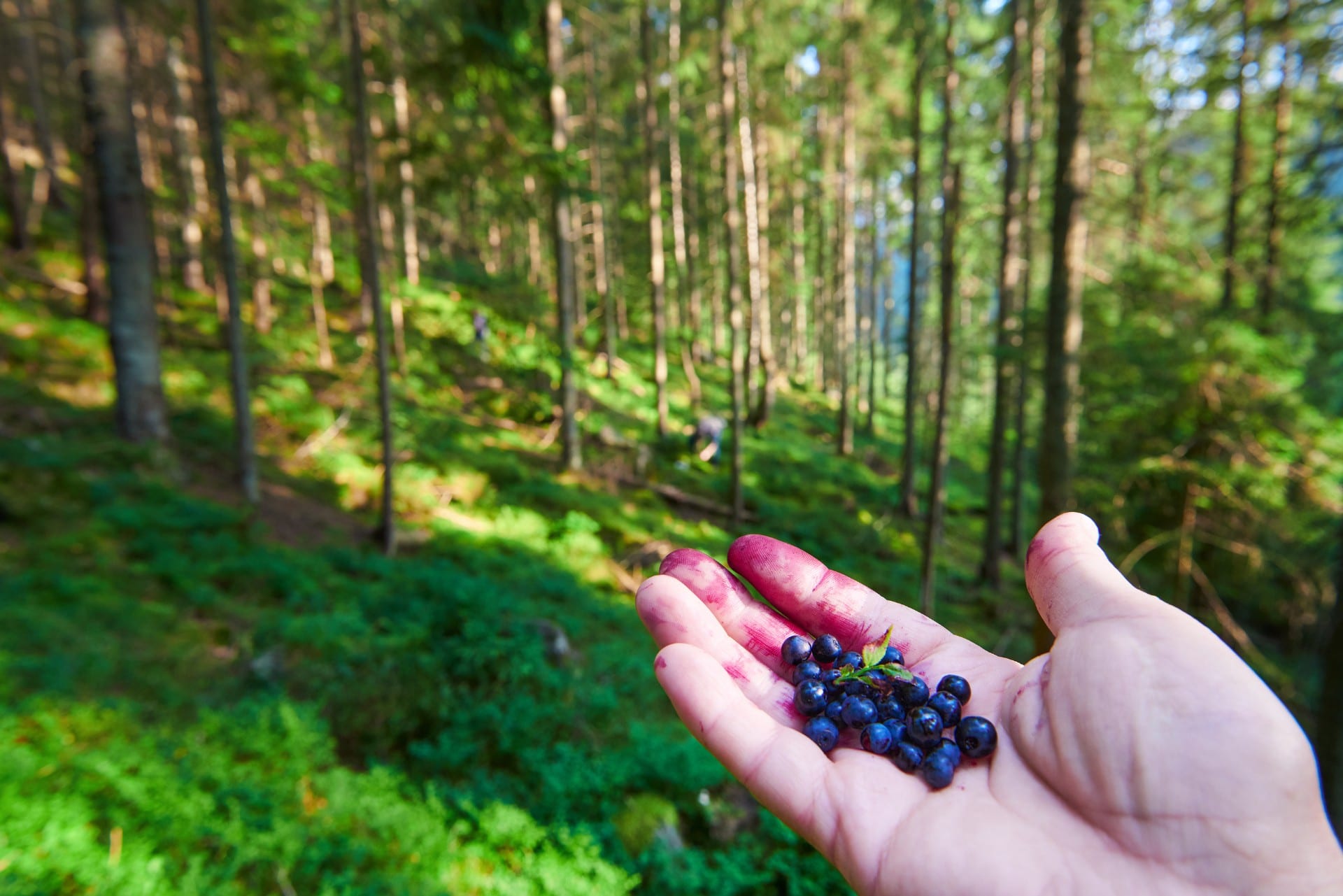
When heading out, all you need in terms of gear are a good pocket knife, a backpack (to carry your finds home), and hiking boots and rain gear if you plan to spend a longer amount of time in the woods.
Follow the Seasons
When doing your foraging homework, be sure to pay attention to where the author is writing about. Different parts of the country may have very different plants coming into season at different times. While by no means complete, here are some of the forage-ables that you should be able to find in most growing zones in Pennsylvania throughout the year:
- Spring:
- Dandelion flowers and greens
- Morels
- Nettles
- Ramps
- Rhubarb stalks
- Spruce tips
- Wild garlic
- Summer:
- Burdock root
- Chanterelle mushrooms
- Honeysuckle
- Mulberry
- Salsify
- Sunflowers (for seeds)
- Wild berries
- Wild mint
- Wood sorrel
- Fall:
- Barberry
- Crabapples and other wild apples (very bitter ones may need to be cooked down into jelly)
- Hardy kiwi
- Hen of the Wood and other wild mushrooms
- Paw paws
- Persimmon
- Spicebush
- Rose hips
- Wild grapes
- Winter:
- Wild greens (chickweed, hairy bittercress)
- Black walnuts
- Chestnuts
- Hackberries
- Juniper berries
- Chokeberries AKA aronia berries
While you might be surprised to find that winter is a prime time for foraging, the fields and forests still have plenty to give during the colder months. Check out this pleasantly strange video produced by NPR featuring PA-based foraging expert, Debbie Naha. On a wintry walk through Climbers Run Nature Preserve in Pequea, PA, Naha harvested a number of greens and roots, with which she cooks a pasta dish and makes tea.
Ramps & Morels
These two spring edibles are perhaps the darlings of mainstream foraging culture. Thanks in part to the attention given to them by chefs, these tender alliums and meaty fungi are hunted in earnest by foragers far and wide.
Learning how to find morels (and all wild mushrooms, to some degree) takes a studied understanding of the forest. Drew Zimmerman (Unkle Fungus) says that he spent an entire year learning to identify trees before he understood where to look for morels.
“To be successful at morel hunting, you need to be able to identify a tree in early spring before the leaves are noticeable. When the ground warms up to 55 or 60 degrees Fahrenheit about 3 or 4 inches down, that is when I go out looking,” he notes. “I check areas that have certain trees and plant-life. I check south-facing hillsides with huge dead or dying trees such as elm, ash trees, tulip poplar, white pine, old apple trees, etc.”
Brendle suggests using the acronym PETSBASH (Pine, Elm, Tulip, Sycamore, Beech, Ash, Sassafras, Hickory) to help remember the trees where morels are most likely to be found.
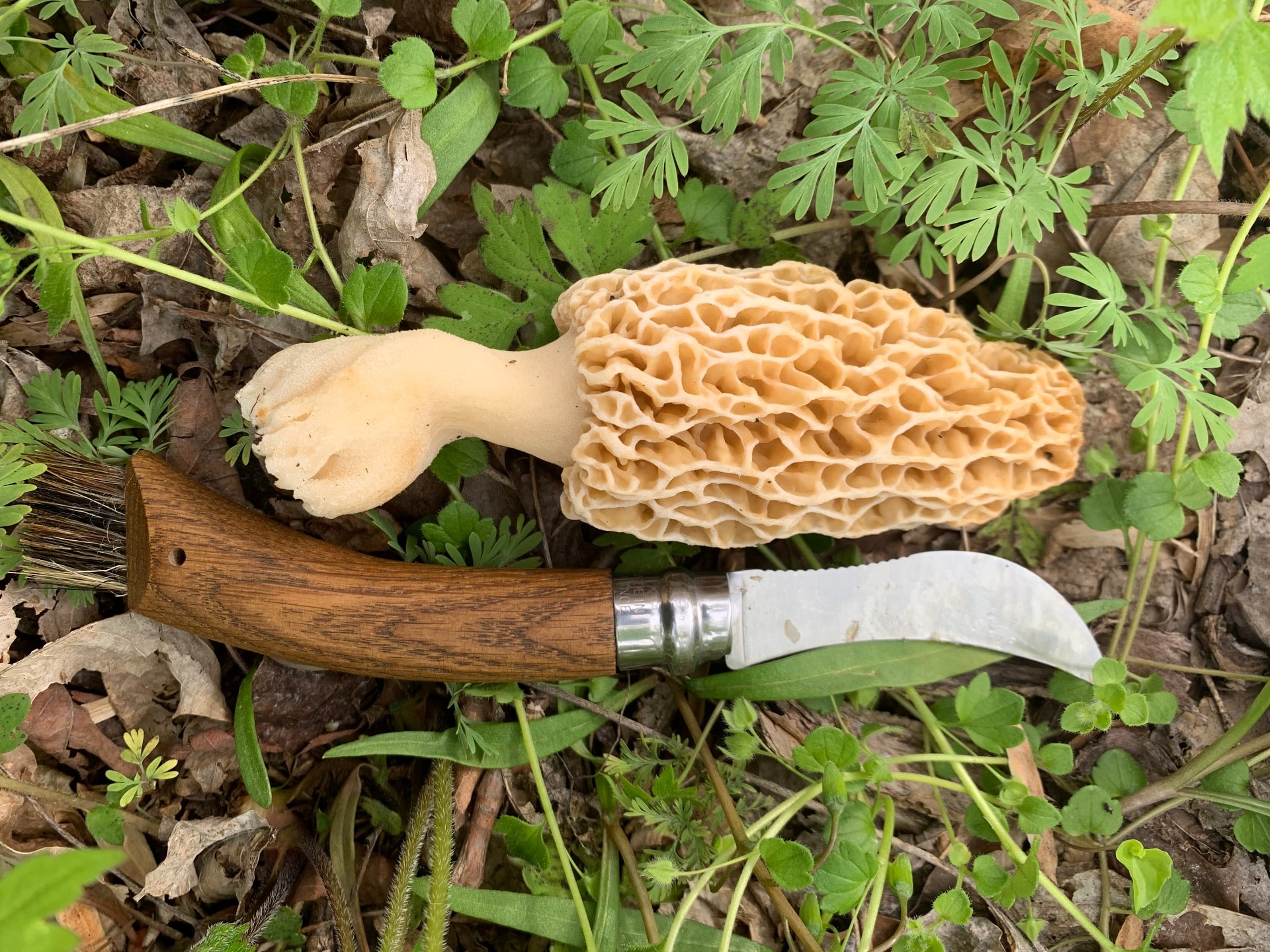
Zimmerman also advises that dead Elm trees seem to produce the most mushrooms the year the bark begins to fall off the tree. Big dead ash trees that have snapped in half or fallen over are another good place to look. Morels fruit in progression with the geography of the land, often starting in lower elevations then gradually fruiting higher in more mountainous areas. The actual organism lives within the substrate, either underground on in the wood of trees and the visible fungi are the reproductive organ the organism produces. Morels are famously delicious sauteed in butter, and Zimmerman, who calls morels his “muse,” likes to use them to stuff them with crab meat-stuffed and top them with asparagus and other seasonal wild edibles.
https://www.instagram.com/p/B_kI6UmDv-5/
Ramps, which for many signify the true coming of spring, boast a lovely allium flavor, somewhere between a leek and garlic. Often used in pesto or as a topping for pizza, during the wet, chilly part of spring, they are relatively easy to find in the wild. This, however, can present a problem, Brendle explains.
Nine years ago, Brendle planted a patch of ramps on his property and watching their slow growth process really drove home the damage that over-foraging can have on these delicate plants.
“Ramps take a very long time to grow. It can take two full seasons for the seed to germinate and 10 to 12 years for that plant to get to a harvestable size,” he says. “A 100-year old patch can be undone in the blink of an eye. My big thing is all wild foraging should be done mindfully … I can’t impress enough on people to take it easy on ramps. ”
Many foragers are indeed starting to be more mindful of this issue, are taking only the leaves and stems, while leaving the bulbs in the ground as to not end the plant’s life cycle.
Foraging Etiquette
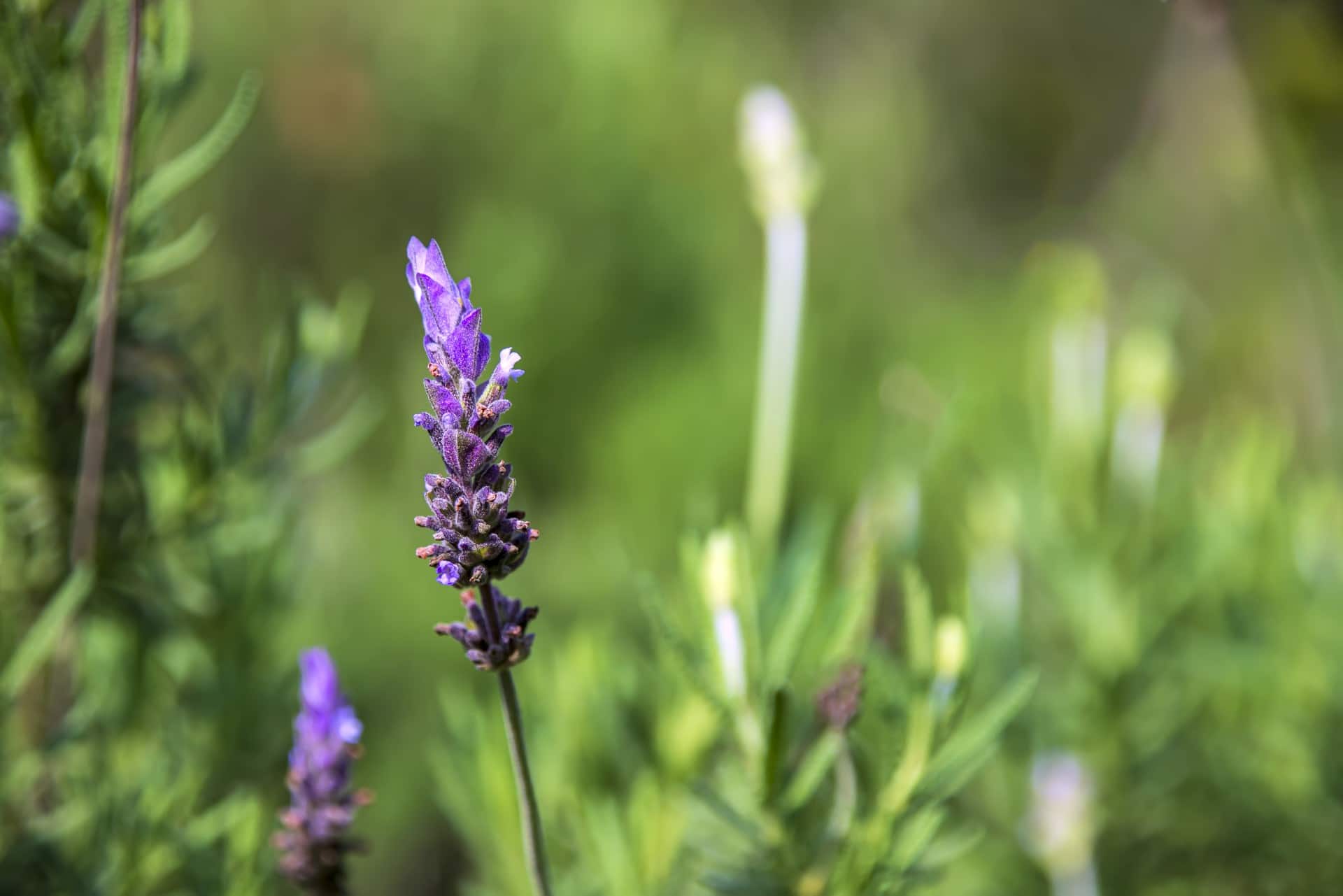
There are very few “rules” to foraging, but the ones that exist are important.
The first is to never trespass or harvest food from someone’s property without permission. If you live in a rural area, where people own more land, there is a good chance your neighbor has no problem letting you raid their wild raspberry patch or crabapple tree. But you must ask first!
The second rule relates to what Brendle warned about ramps: Don’t over-harvest wild foods. The general rule of thumb is to not remove more than one-tenth of an area that you find in the wild. The exception to the rule is mushrooms, which grow in a different way, with its mycelium remaining fully intact underground. So, mushrooms can easily regenerate even if the entirety of its fruit (the part of the mushroom we can see) are harvested. It’s just one more way in which mushrooms are amazing! But for all other kinds of plants, practice restraint, even if you come across a huge patch or swatch of edible plants.
“The ecology of wild plants is really delicate,” Brendle says. “If you were to find a massive wild nettle patch and took everything for a few years and it couldn’t drop its seeds, that patch would vanish.”
Are you ready to get out there and forage some wild foods from Pennsylvania’s forests and meadows? If you’re a more experienced forager, what resources have helped you along your journey? Let us know in the comments here or on the PA Eats Facebook page!
- Feature photo: Drew Zimmerman
- All other photos: BigStock
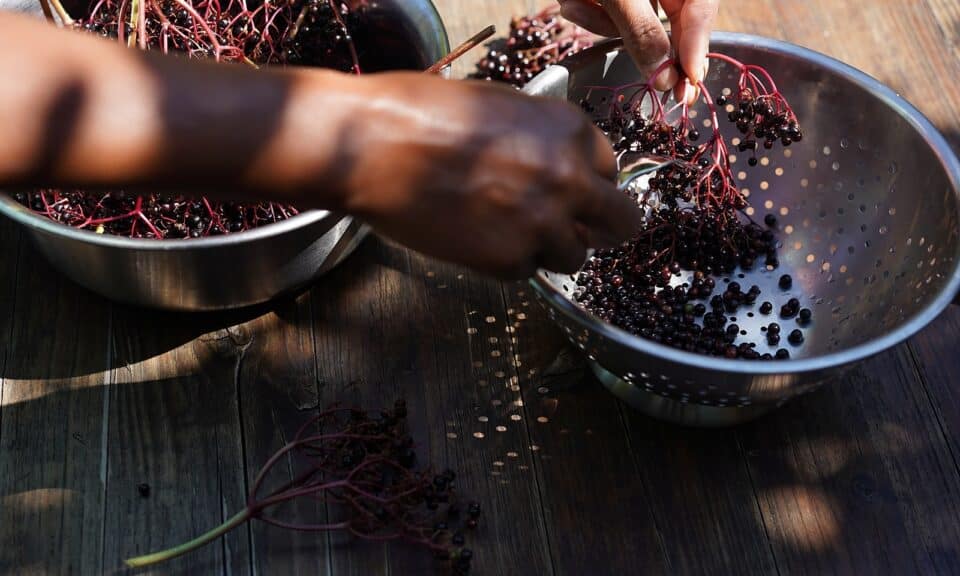
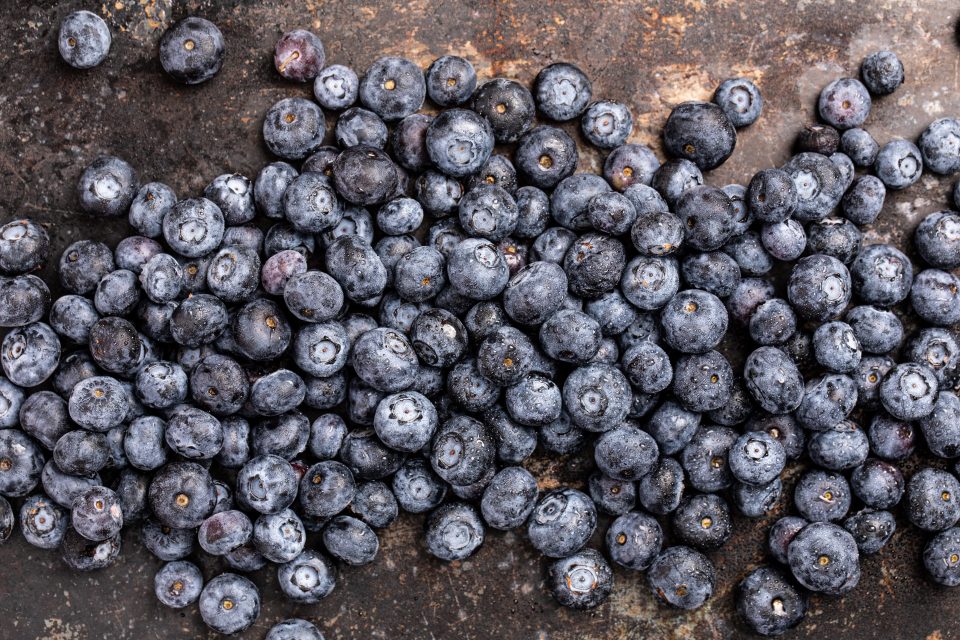

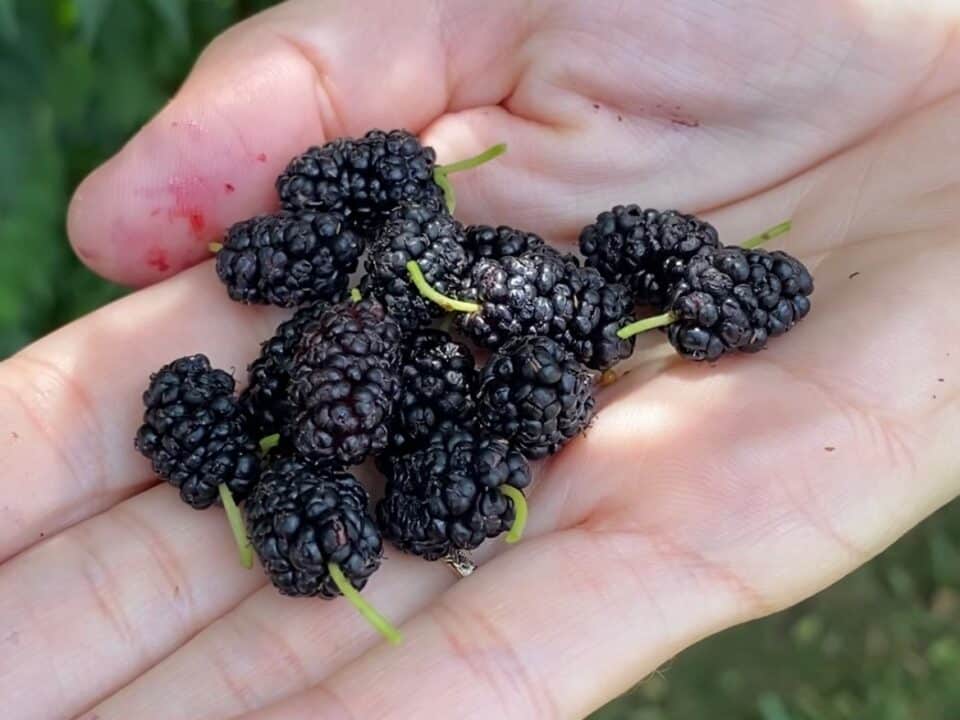

9 Comments